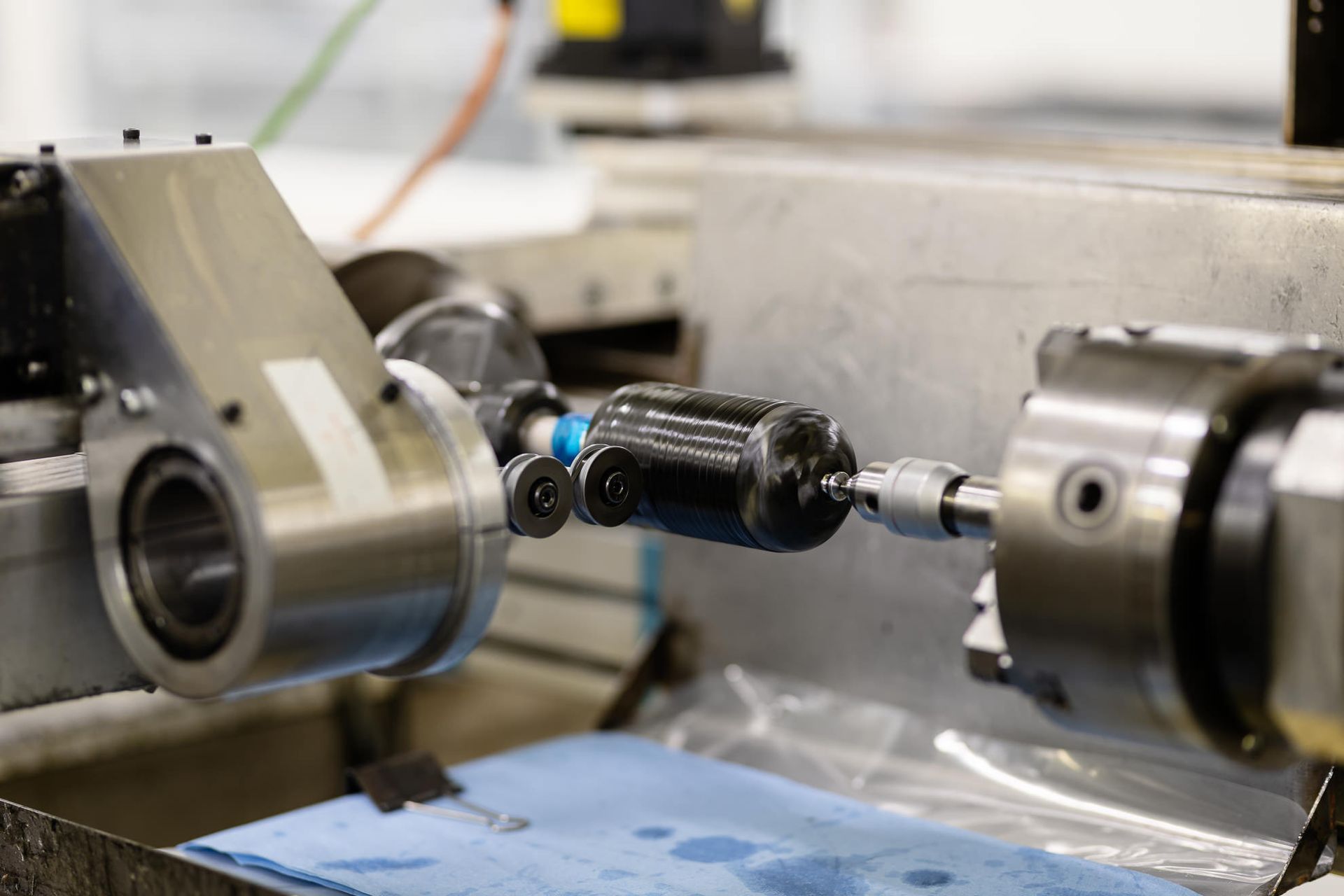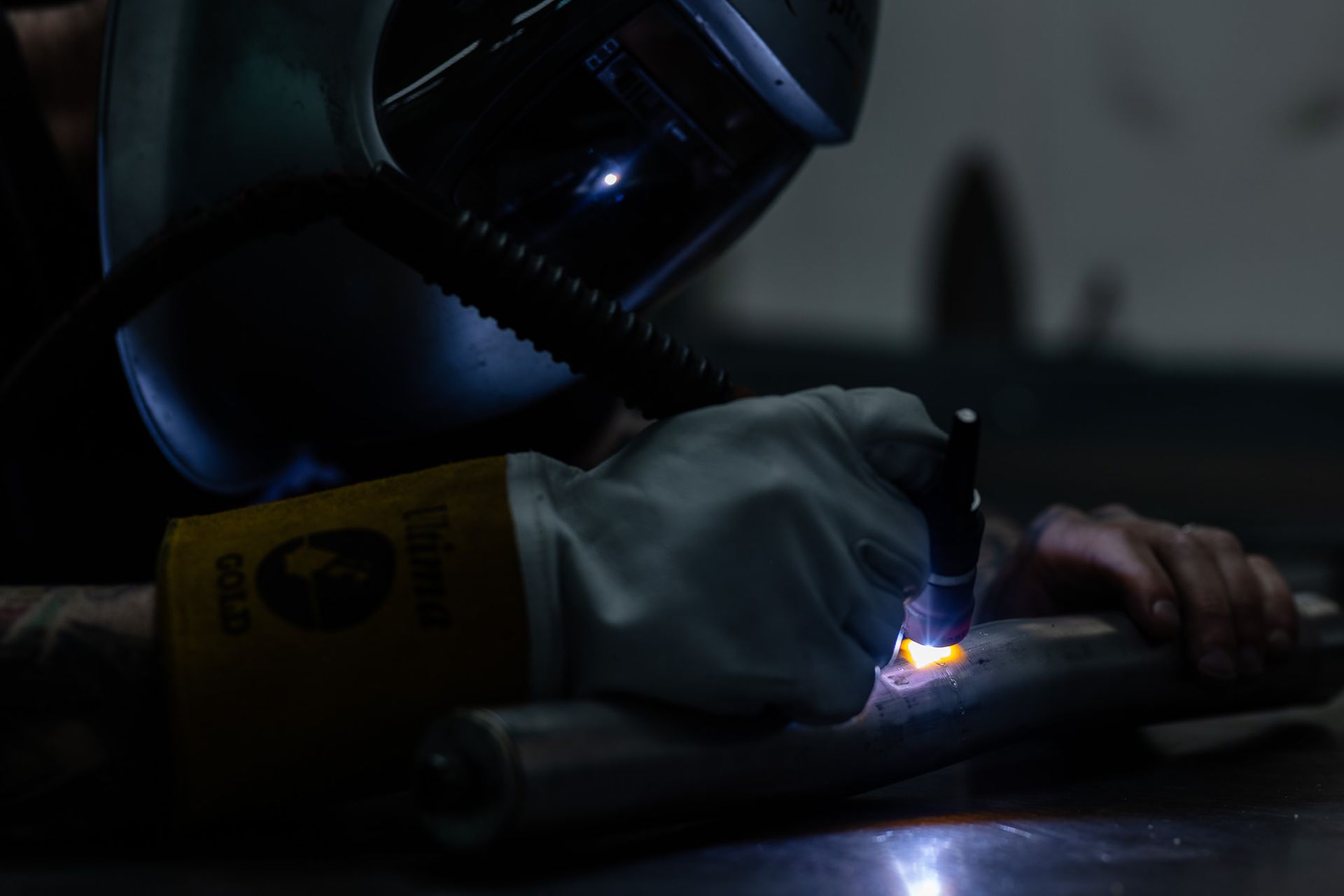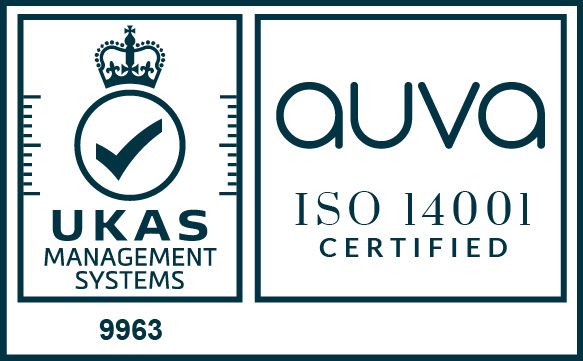How we build and integrate additive manufacturing products
A comprehensive guide to the steps involved in the process of producing high-quality additive products for use in demanding, high-performance applications.
Additive manufacturing continues to be an area of rapid growth and innovation within the engineering and manufacturing sector. The process saves time and money and minimises waste, whilst it allows for easier prototyping and adjustments ahead of mass production.
Furthermore, our facilities here at Polar Technology means that we are able to offer customers far more than just high-volume production of printed products; we can integrate those parts into wider assemblies or more complex components, combining our additive manufacturing expertise with our extensive machining and fabrication capabilities.
The following is a comprehensive guide to the steps involved in the process of producing high-quality additive products for use in demanding, high-performance applications:
Step 1- Design and Build
The process begins with one of our engineers creating an initial design based on the customer’s brief. They then collaborate with our additive manufacturing department to translate that design into a manufacturable component using CAD (Computer-aided design) software, which involves choosing the right orientation and adding in support structures to ensure the integrity of the product is maintained.
This build process prioritises maintaining the geometric shape of the component, minimalizing material usage when possible and reducing the potential of distortion. The software that our AM team employs also allows for accurate forecasting of lead times and amount of material required.
Step 2- Machine Preparation
It is then time to prepare the printing machine. The first step is to clean all existing powder from the chamber and then the machine is run in an ‘inert’ atmosphere, which ensures that the chemical composition remains stable during the printing stage. Skipping this step could lead to higher levels of oxygen being present, which can lead to the finished components becoming brittle.
Step 3- Printing
The printing process works by a laser continually sintering the shape of the part onto layer after layer of material. Each time the laser has finished sintering one layer, a re-coater spreads another sheet of powder on top and the step repeats, allowing for the part to be built up one layer at a time.
This process allows us to create complex shapes with wall sections down to 0.5mm, typically half the thickness of a component created using traditional casting methods.
Step 4- Cleaning
As the fully printed part is retrieved from the machine, any excess powder is removed. The component is then placed in an airline cabinet, which is a high-pressure system that cleans it more thoroughly, to ensure there is no excess material present.
Step 5- Heat Treatment
The component will then be placed in a furnace, where there is a controlled ramp-up to a certain temperature, normally about 1000⁰c. This process makes the parts more ductile and significantly improves their durability.
Step 6- Wiring
After being cooled and removed from the furnace, the component will be taken to our Wire EDM (Electrical Discharge Machining) machine. Both the component and an electrically conductive wire are submerged in a dielectric fluid. This creates a sparking between the wire and the surface of the component, which allows for the precise cutting and removal of material.
Step 7- Finishing
There are various different stages that could be involved in the finishing of a product, dependent on the customer’s specific requirements. Often the support structures will need to be manually removed by one of our skilled operators. We also have a designated welding cell where the surfaces can be grinded down, for a smoother finish.
Finally, we also have a sandblasting machine, which efficiently removes any final grit, to leave a polished, complete component, ready for integration.
Step 8- Integration
For most typical additive manufacturing bureaus, this is where the process would end, with the printed product then being sent to customers.
However, we are able to add further value in the process, through utilising our sophisticated machining facilities or fabrication techniques to combine and integrate our AM components with conventional fabricated parts. For an example of this, click here: https://www.polartechnology.co.uk/polar-technologys-machining-solutions-supporting-production-of-3d-printed-products
Furthermore, we also have extensive inspection capabilities, which enables us to test our products and facilities throughout the entire build process. This breadth of knowledge within the organisation has allowed us to continually come up with innovative and bespoke solutions for our customers.
To find out more about our full AM capabilities, click here: https://www.sstubetechnology.com/capabilities
Or if you have an enquiry about a potential product or solution, please get in touch with our team by clicking here: https://www.polartechnology.co.uk/contact








